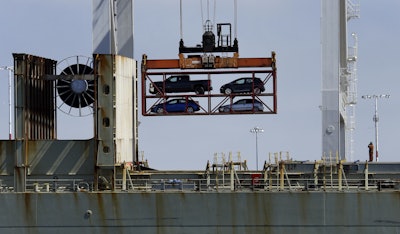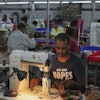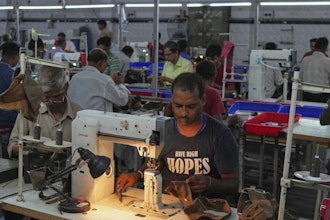
In 1958, the Treaty of Rome came into force. It was the first so-called regional trade agreement (RTA) under the World Trade Organization's regime, called GATT back then. The treaty set out to make easier the flow of goods and services between France, Italy, Germany and the Benelux countries. It was the foundation of what has become the European Union today.
As our infographic shows, the number of RTAs in force has grown exponentially in the past 60 years and increased especially fast since the Cold War stand-off between East and West came to an end in the late 1980s. As of today, the WTO counts 285 active RTAs under which two or more states have agreed to formalize their trade with each other.
However, some observers believe that the liberal trade regime could take a hit with national governments reverting to protectionist measures, such as implementing unilateral trade tariffs, like the United States has announced for steel and aluminum.
Such measures are possibly signs that fondness for free trade and the idea that the international division of labor is beneficial to all parties over the long run is cooling. The most pessimistic outlook involves the escalation of tit-for-tat trade wars, in which countries retaliate against each other's protectionist measures by instituting own tariffs.























